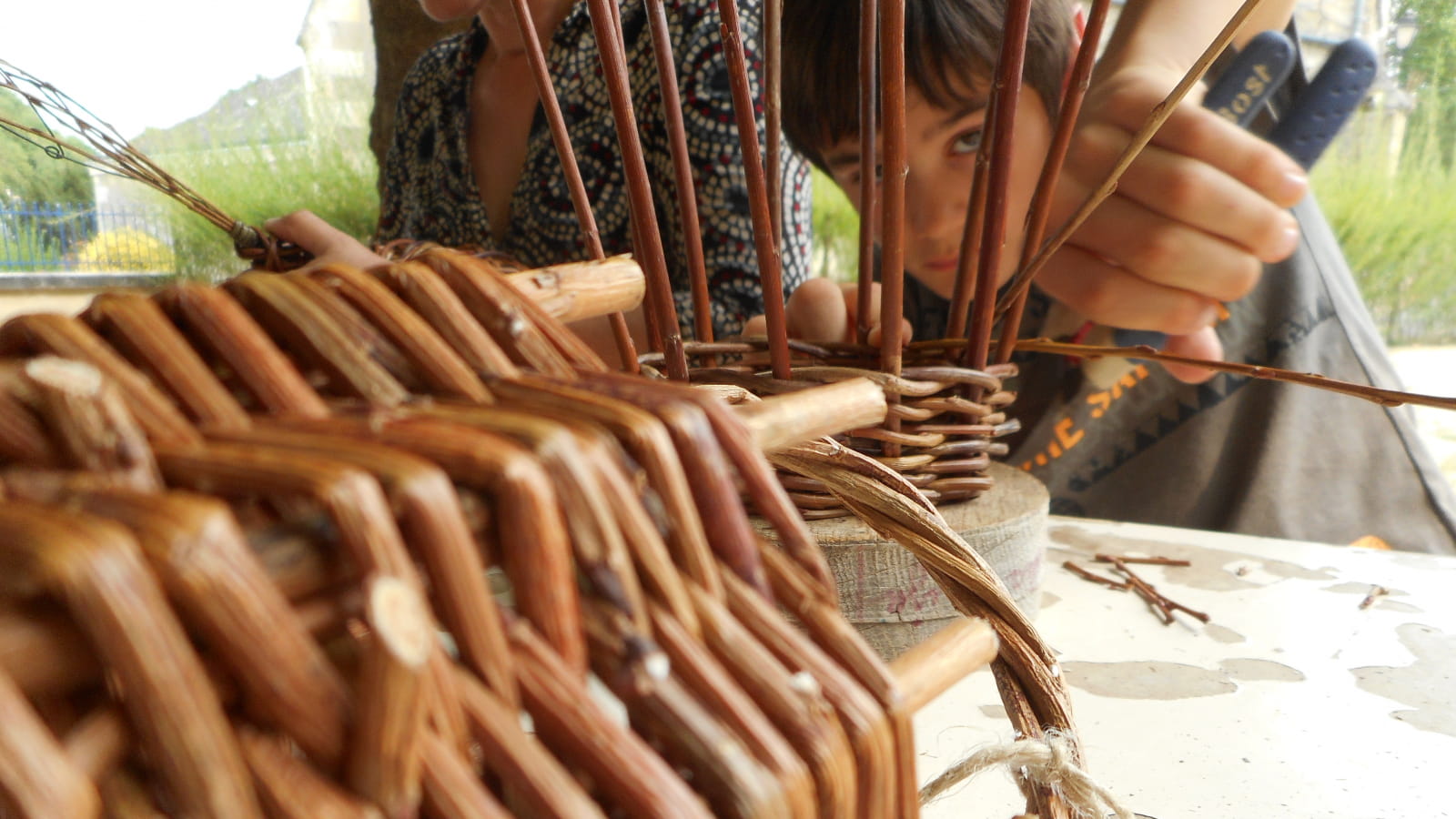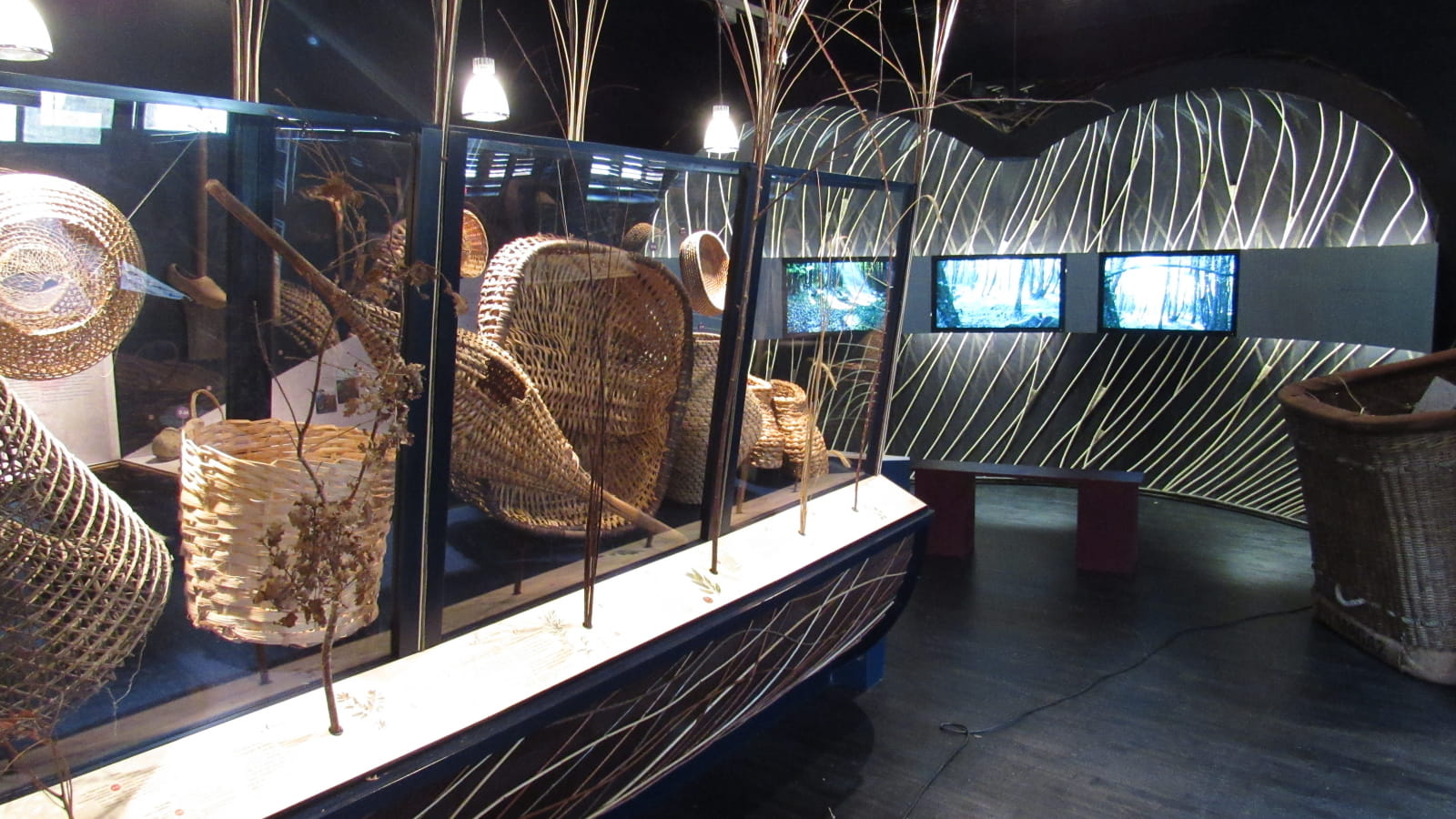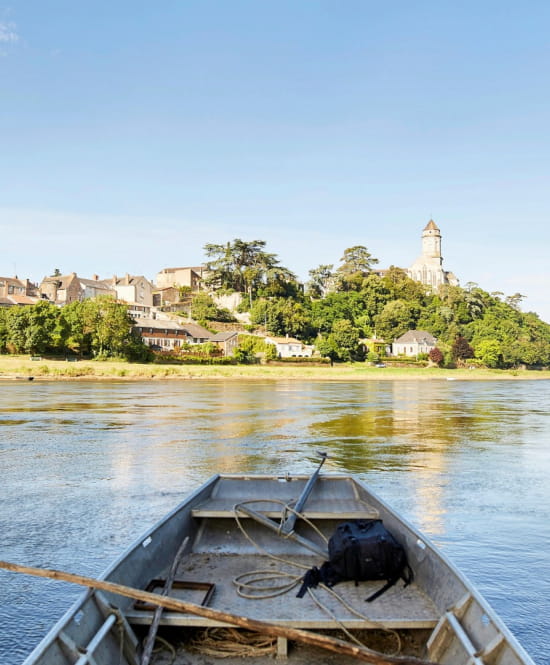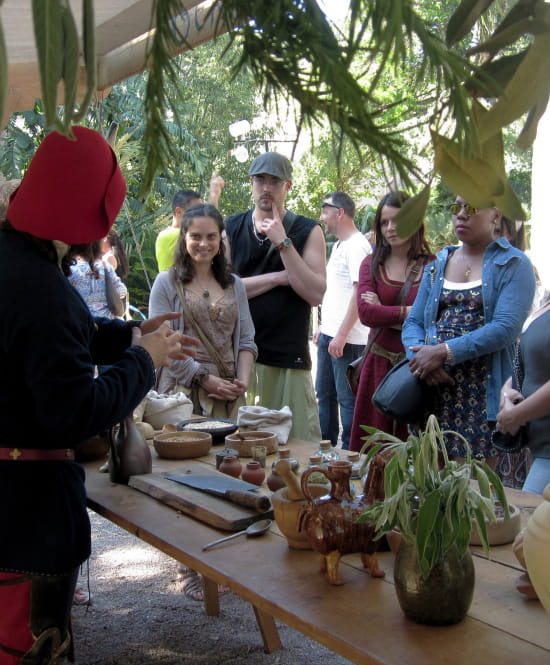Wickerwork in Villaines-les-Rochers
6 km away from Azay-le-Rideau, the village of Villaines-les-Rochers is continuing the ancestral skills of wickerwork. Today, this is the most important centre for basket weaving in France with some 50 craftsmen and women working in a cooperative.
Growing basket willows
Villaines-les-Rochers has an ideal location for basket weaving. it is in a Y-shaped silt valley bathed by the tributaries of the River Indre and an ideal spot for growing basket willow trees. The troglodyte caves provide a high and constant level of humidity, which is perfect for preserving the branches and maintaining all their flexibility.
The Gué Droit basket-weaving farm welcomes visitors in the midst of basket willow trees in Saché, a village associated with Balzac, and close to Villaines-les-Rochers. Here you can see the different varieties of basket willows grown, and especially the older varieties such as “Noir de Villaines”.
The wickerwork village
In Villaines-les-Rochers or Saché, you can meet basket willow farmers and basket makers. The craftsmen welcome visitors from spring to autumn to one of their seven workshops or at the wickerwork cooperative in Villaines-les-Rochers.
The production of the wickerwork cooperative ranges from traditional baskets to decorative objects: lamps, screens, coffee tables… This fascinating site includes an educational visit with a demonstration of their work by basket weavers, plus videos and slides showing a wide range of creations, including the corsets made for Jean-Paul Gauthier.
At the cooperative’s shop you can buy a traditional basket, a banneton bread basket or even some wickerwork jewellery. Creative workshops for beginners in wickerwork are also available.
All about wickerwork
If you want to find out more about wickerwork, you should visit the Salicetum. This is a living conservatory for basket willows and home to a selection of over 140 varieties of trees used in wickerwork and ornamentation (wicker is made by cutting the young willow branches).
The Wickerwork cultural area helps preserve everything linked to wickerwork, past and present. The museum has displays of the various weaving techniques, materials and wickerwork objects.
A walk along the ”wickerwork, once upon a time” nature trail is a 4.3 km circuit leaving from the town hall. Along the way, there are educational panels with information about common osier or basket willow trees, and how the branches are placed in water, stripped and woven, etc.











